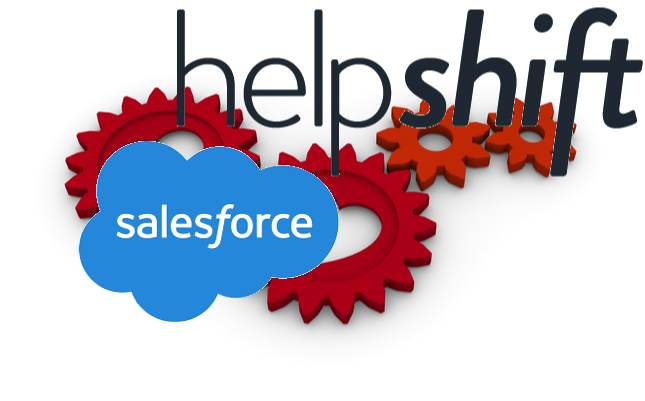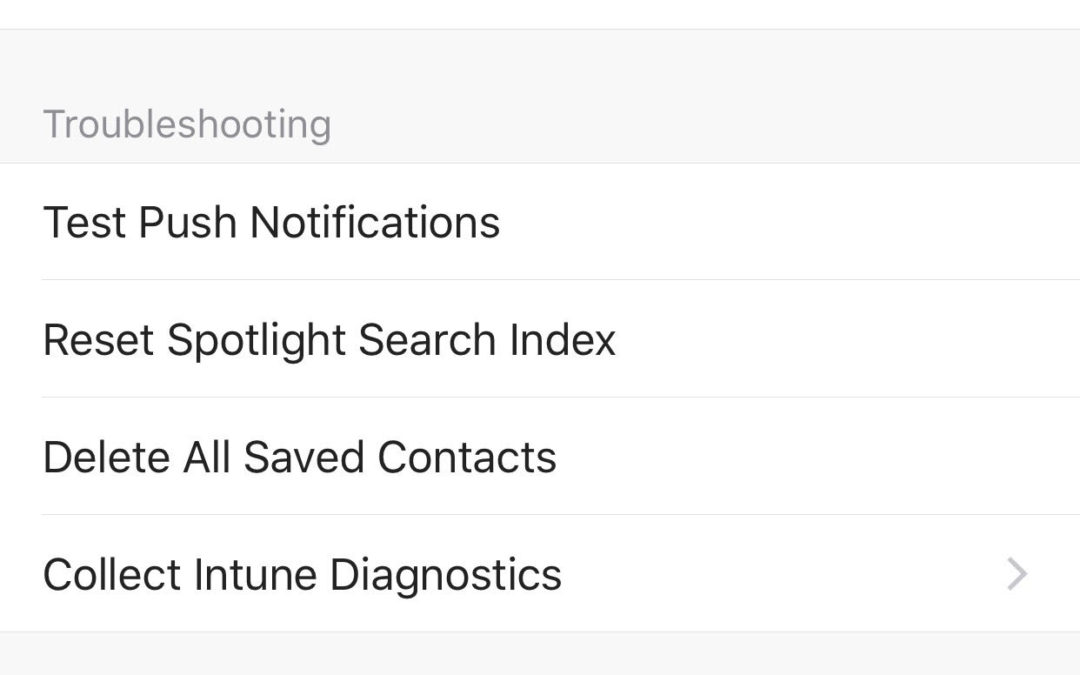
by twieberneit | Sep 12, 2017 | Analysis, Blog |
The News On September 7, 2017 Helpshift announced the appointment of a new CEO in a blog post. Salesforce veteran Linda Crawford, with a tenure in the CRM arena that stretches back to 1996, took over the role, being the successor of co-founder Abinash Tripathy. Before, she held various positions at Salesforce, Rivermine, and Siebel. Most recently she held the position of a Chief Customer Officer at Optimizely. This track record certainly qualifies her to have a go at growing an interesting company to the next level. Helpshift itself is the company that created the mobile in app support market back in 2011 and, so far, has a keen focus on this area under the leadership of Abinash. Investors include Cisco, Intel, Microsoft, and Salesforce. Both, Microsoft and Salesforce, have been lead investors of the Series B financing round in June 2016. The Bigger Picture The customer service center market is extremely crowded and contested. Helpshift itself has a strong product and a good customer base, originating from the gaming industry but also running the customer service technology behind Microsoft Outlook Mobile. The company is targeting bigger accounts and is already amongst the ranks of Salesforce partners, having a deep integration. However, the overall market is turning into a platform play, which will be dominated by two or three business platforms for bigger companies, and maybe a handful more that cover SMBs. The platform companies are also providing strong business applications, including customer service, even in-app service. And then there are companies that build multi channel customer service solutions on these platforms, too. Are they as good as Helpshift?...

by twieberneit | Aug 24, 2017 | Blog |
A short while ago Craig Rentzke from Helpshift pointed me to a particular episode of CXOTalk, featuring Kevin Henrikson of Microsoft and professor Anindya Ghose from NYU. Henrikson is responsible for Microsoft’s Outlook for Mobile, a personal information manager (PIM) app, whereas prof. Ghose comes more from a B2C angle, with B2C being more concerned with convenience. This interesting episode deals with the future of mobile computing and given that, apparently about how mobile apps will (have to) look like and what it is that vendors should do and what they should not do with the apps. The Now Naturally, the discussion immediately zeroed in on two topics the purpose of the app and data The purpose of the app mainly determines two things, which are first the way that users are presented with information and are engaging with the app and second the data that gets collected and used in order to (positively) influence the user experience while considering their privacy. The data that gets collected needs to be used to provide the users with timely and relevant information, which does not only benefit the vendor but also, and chiefly, the user. That the data collection ‘behaviors’ of especially B2C apps are not hitting that objective is probably the industry’s worst kept secret. The apps collect more than necessary and use it for a very wide range of purposes, mostly wider than the users are aware of. They basically strip the user of their personal data. This realization was also what led a friend of mine and me found Epikonic, with the clear intention of giving users a...
by twieberneit | Jun 2, 2017 | Blog |
One of the eternal problems in a call center is getting an enquiry routed to the right agent. This is doubly true in a mobile world that demands conversational support in near real time. Add to this the fact that most customers seeking support already failed to find an answer to their inquiry using an FAQ, a community, or other self-services. In this situation customers expect an answer within few minutes, if not seconds. On top of this, the ability to make engagements with the company easy, efficient, and ideally joyful, is becoming more and more a distinguishing factor for companies. Customer experience is the result of engagements, and for humans the experience gained from the most recent engagement tends to have a higher influence than older ones. Consequently, a positive customer experience matters, not only during marketing- and sales, but even more so in situations that require active help of the company that sold the product or service. So, getting a solution to an issue must be as easy and as human as possible. The challenge is that every support organization needs to live and work with limited resources – human as well as technical ones. It is Like a Good Game of Soccer 11 players and a ball. There is a goal keeper, are defenders, midfielders and attackers who play as a team against their opposition, trained by their coach and guided by the captain. There is a core team, and some players may be assigned to different roles, even within one game. Depending on the opposition team, the coach and the captain change player assignments, tactics...

by twieberneit | May 26, 2017 | Analysis, Blog |
The leading in-app support company Helpshift just released a seamless integration with the Salesforce Service Cloud. This integration is now available on AppExchange. Here a copy of the press release for your convenience, followed by my analysis: Helpshift Announces New Integration Capabilities for Its Customers on the Salesforce AppExchange, the World’s Leading Enterprise Apps Marketplace SAN FRANCISCO – (BUSINESS WIRE) – MAY 25, 2017 – Helpshift today announced an integration with new capabilities available on the Salesforce AppExchange. This integration is meant to improve the mobile user experience by enabling service agents to deliver support to app users directly from within their Salesforce Service Cloud Dashboard – In-app! When a customer contacts support from inside the Helpshift-enabled app, a Salesforce case is created that the agent responds to, creating an in-app conversation. Customers get notified via banners, notifications and badges, enabling them to continue at their pace. “Organizations are seeing an explosion in demand for mobile solutions from their customers,” said Esteban Kolsky, president of thinkJar, a customer strategies advisory firm, “and they quickly realize they can’t offer outdated and incomplete solutions without real time data. Direct integration with systems of record are at the core of their strategies to support this trend.” Built on the Salesforce Platform, the Helpshift integration is now available on the Salesforce AppExchange. Enterprises can benefit in the following ways: In-app Messaging: Helpshift’s new integration capabilities allow existing Salesforce customers to provide support to mobile customers, which extends their ability to reach mobile customers where it matters: Directly in the app, and supported by the smartphones’ powerful notification mechanisms. Enhanced Knowledge Capabilities:...

by twieberneit | Apr 21, 2017 | Analysis, Blog |
In a mobile world, where the smartphone has become the command center of our lives support needs to be offered from directly inside the app, using in-app messaging. This way the advantages of being able to send relevant contextual information about the state of the app to the service agent and the ability to engage in a service conversation via a conversational UI can get brought to full advantage. The user is identified, relevant information has been gathered, which the service agent can use right away. This leads to capabilities that a genuine mobile in-app support system needs to have on top of generic help center functionality: In-App FAQ that gets pushed out to the phone and is available in an offline scenario Collation of meta data about the phone, user and the incident that created the support call, along with the ability to send that to the customer service center In-App messaging/conversational UI in combination with push notifications Automation to properly route incoming issues and to increase the issue resolution efficiency An ability to integrate into CRM- or other systems An ability to selectively and proactively engage with users, to e.g. support onboarding or push notifications about special situations to relevant parts of the user community. It is possible to find vendors that deliver parts or all of this in order to deliver a mobile service experience. Platforms like G2Crowd, but also traditional analyst companies like Forrester and Gartner give some leads. Gartner lists Salesforce, Pegasystems, Oracle, Microsoft, Zendesk as leaders in customer engagement centers, with SAP being the only Challenger and Lithium the only Visionary. None of...





